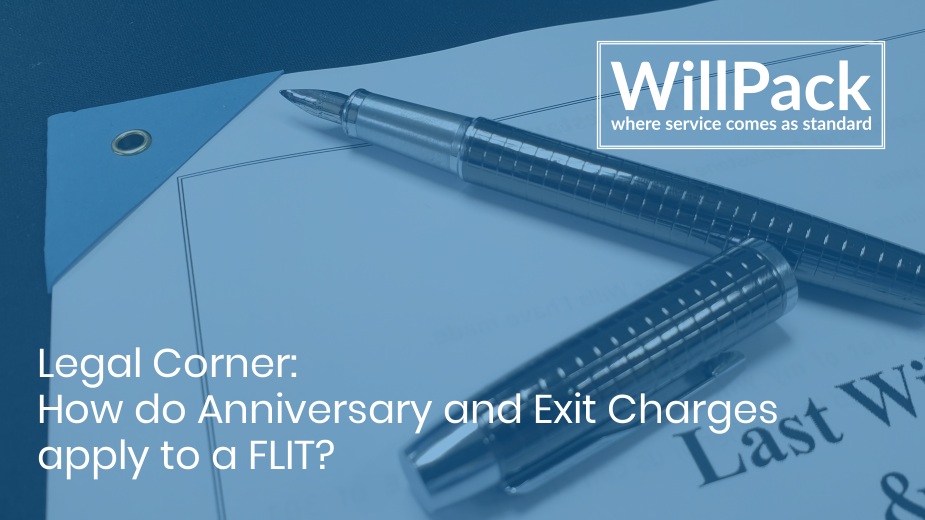At WillPack we get a large number of technical queries from our partners. This means the team is often looking into very varied and interesting areas of law. In this new feature of the newsletter we will focus on some our more unique queries and pass that knowledge on to you!
This week, we will look at how anniversary and exit charges apply to FLITs, particularly after the life interest has ended.
What is a FLIT?
A Flexible Life Interest Trust (FLIT) is essentially a mixture between a life interest trust and a discretionary trust. The trust will name a life tenant and other discretionary beneficiaries. Whilst the life tenant, who is usually the testator’s surviving spouse or civil partner, is alive they are entitled to all income generated by the trust. The trust also includes a discretionary power that allows the trustees to advance capital to the life tenant.
When the life interest ends the trust will then continue as a discretionary trust for the discretionary beneficiaries. The life interest will normally end on the life tenant’s death, but this may be earlier as the life tenant may relinquish part or all of their life interest or alternatively a FLIT may include a power for the trustees to revoke part or all of the life interest.
Whilst the trust is a life interest
Whilst the trust is a life interest, there are no anniversary or exit charges that apply to the trust. At this point, the FLIT is treated as an interest in possession trust
After the life interest ends
After the life interest ends, the trust becomes a discretionary trust. From this point it is a relevant property trust and therefore anniversary and exit charges will begin to apply.
At this point, the trust assets are seen as becoming part of a different trust, created on the date the life interest ends. The rate of an exit charge arising from the FLIT is calculated by reference of the number of complete quarters between when the life interest ended and the exit. Any exits within the three months of the life interest terminating will therefore have no exit charge payable.
The trust’s anniversary charges will however be in ten year intervals from the date the trust was created, not from the date the trust became relevant property.
Should the testator’s will have created any other relevant property trusts, those trusts will also be related settlements to the FLIT, and they will share a NRB.


 © Trust Wills & Probate Limited t/a WillPack. All rights reserved.
© Trust Wills & Probate Limited t/a WillPack. All rights reserved.
You must be logged in to post a comment.